
Smart contract deployment picks up the pace on Cardano’s testnets for the Alonzo, as project leadership says progress is still on track despite delays.
The Cardano network is in the watershed phase of its network development and upgrades. The ongoing phase of the protocol’s roadmap is the Goguen phase, bringing smart contracts to the network. This is the third phase of the roadmap after Byron and Shelley. The Goguen phase was split into three stages, Allegra, Mary and Alonzo.
The Allegra update went live on December 16 last year, and the Mary update was deployed on the mainnet on March 1 earlier this year. This leaves the Alonzo upgrade, which was further split into three different phases, named Blue, White and Purple. While the final deployment of the Alonzo upgrade on the mainnet was planned to be in August 2021, there seems to be a delay in the phase’s release, as Alonzo is still in the testnet part of its progress.
Since Alonzo brings the much-awaited smart contract functionality to the network, the community has been eager to see them in action, as it entails the enabling of decentralized applications (DApps) on the blockchain.
On July 15, Input Output HK (IOHK) announced on Twitter that their Alonzo testnet has hard forked from the Alonzo Blue to the Alonzo White node, allowing for the expansion of their smart contract functionality on the platform. Although Alonzo Blue offered smart contracts, its availability was only limited to a set of insiders. Alonzo White now allows operators of stake pools, and network developers and 500 validators will be able to test this functionality going forward. The Alonzo White testnet is scheduled to run for a period of two to four weeks before transitioning to the final stage of the Alonzo update, Alonzo Purple.
Cardano’s network is in the third phase of its development, known as the Goguen Update, named after American scientist Joseph Amadee Goguen. This update integrates smart contracts into the network, allowing for the creation of DApps. In phases one and two, the network has gone through the Byron and Shelley upgrades which focused on the establishment of the network and its decentralization, respectively.
After completing the Goguen phase, which was initially supposed to be finalized in August 2021, the blockchain will go through phases four and five of the project’s roadmap, named Basho and Voltaire. Basho will improve the scalability and interoperability of the network, while Voltaire promises to make the network “truly decentralized” with the transfer of the entire governance mechanism to network participants, and will no longer be under IOHK’s management.
Optimistic prediction fails
Despite a well-structured roadmap and phase updates that the network promised, some questions are being raised on its current utility. Cardano founder, Charles Hoskinson, had predicted on July 27, 2020, that in a year’s time there would be hundreds of assets running on Cardano, along with thousands of DApps and “tons of interesting projects.”
In the following year, the crowd has called out this optimistic prediction, pointing out the network is nowhere close to the levels of utility that Hoskinson predicted a year ago. Meanwhile, many members of the Cardano community defended the network, saying that the statement made by Hoskinson was just a prediction and not a promise. Hoskinson himself responded to the critics, saying that “There are thousands of assets on Cardano.”
He also released a YouTube video on July 8, claiming that the project is progressing in line with the framework of the defined roadmap and that more than $10 million of nonfungible tokens (NFTs) have been sold throughout the network. He added that once Alonzo White is deployed on the mainnet, developers will have the ability to launch DApps and NFTs on the network. Ben Armstrong, youtuber and creator of BitBoyCrypto.com, told Cointelegraph:
“The Cardano team hasn't backed away from their smart contract launch period starting in September. Considering how well the Alonzo White hard fork has gone, I don't expect any further delays. That said, Cardano's methodical approach means they'll push a deadline before the possibility of taking a step back on a bad launch.”
Marie Tatibouet, chief marketing officer of Gate.io, a cryptocurrency exchange, told Cointelegraph that the roadmap is still intact. About the questions raised on the utility aspect of the Cardano network, Tatibouet opined that since the Alonzo upgrades’ main proposition in the Goguen phase consists of the implementation of smart contracts on the network, it can’t be judged on its lack of utility until smart contracts have been completely integrated.
Armstrong spoke further on the dilemma of smart contracts holding up the network’s growth, saying, “It's a chicken and egg situation. You need smart contracts to really get DApp development going, but you also need killer DApps to draw more development to the space. There are a lot of DApps that are on Ethereum and waiting in the wings for Cardano.”
He even mentioned that since blockchain developers are in very high demand at the moment, poaching has become a huge problem. “When ICP hit Coinbase this year, Charles was open about how DFinity poached several of his top engineers. I imagine that has caused some delays in Cardano-specific development across the industry.”
Nearly 72% of all ADA is staked
At its current state, the low utility of the Cardano network might be impacting one important aspect: The staking of its native token, ADA. According to data, nearly 72% of all ADA tokens are staked on the network, amounting to around $30 billion out of a roughly $42 billion market capitalization. This includes 2,745 active pools and a total of nearly 716,000 staked addresses.
Tatibouet spoke about the current utility of ADA tokens themselves, saying: “As of now, the two main functions of the ADA tokens are staking and governance. In that regard, it is a very good sign that so many holders have faith in the network and have staked their tokens in the ecosystem.”
She also added that it’s important to remember that staking ADA is way more flexible than the usual staking mechanisms of other protocols. It allows stakers to access their tokens at any time that they choose since the tokens aren’t completely locked away from the staker, thus adding to the convenience of staking on the network. Armstrong opined further on the integration of smart contracts that will impact the high proportion of staking in the network, explaining why the tokens are being staked:
“They are hodling onto their stack of ADA, not just to use it for gains down the road but also to have a say in the eventual governance coming in Voltaire. Even with the current state of smart contracts, there are already NFTs you can buy and games to play. But once ADA asserts itself in smart contracts, you're going to see that staking figure drop significantly.”
Regarding the potential launch of DApps on Cardano after the implementation of smart contracts, Cardano also attempts to propose real-life utility through its network. Earlier in April, IOHK partnered with the Ethiopian government in a bid to revamp the country’s education system by leveraging Cardano’s blockchain technology.
Related: If the peer review system is broken, what the hell is the point of Cardano's reliance on it?
In July, Grayscale added ADA to its Digital Large Cap (GDLC), making it the third-largest component of the fund’s basket after Bitcoin (BTC) and Ethereum (ETH). Grayscale is seen as a benchmark of institutional interest in the cryptocurrency markets. Duc Luu, executive chairman at Spores Network, an NFT and decentralized finance marketplace based on Cardano, told Cointelegraph:
“Cardano promises the possibility of greener blockchain footprint, lower gas fees and higher throughput which we believe makes it a prominent venue for NFTs, as well as DeFi mainstream adoption, which are the two areas that institutional investors are very much interested in.”
While discussing the timing of real-time utility coming into the network, Luu further mentioned that he believes it will happen soon, adding: “Cool functions like ERC-20 converter would allow projects to deploy quickly from ETH to ADA. There are many projects like us eagerly waiting in the background for the Cardano smart contract launch.” He also anticipates that in six months from the launch of smart contracts on the network, the Cardano ecosystem will see a drastic change.
However, it is important for the Alonzo network upgrade to be on schedule on the mainnet, as it’s highly anticipated in the community. Other upcoming blockchains like Binance Smart Chain (BSC) are growing at a rapid pace, which could lead to some of the protocols to build on it instead.

You can get bonuses upto $100 FREE BONUS when you:
💰 Install these recommended apps:
💲 SocialGood - 100% Crypto Back on Everyday Shopping
💲 xPortal - The DeFi For The Next Billion
💲 CryptoTab Browser - Lightweight, fast, and ready to mine!
💰 Register on these recommended exchanges:
🟡 Binance🟡 Bitfinex🟡 Bitmart🟡 Bittrex🟡 Bitget
🟡 CoinEx🟡 Crypto.com🟡 Gate.io🟡 Huobi🟡 Kucoin.
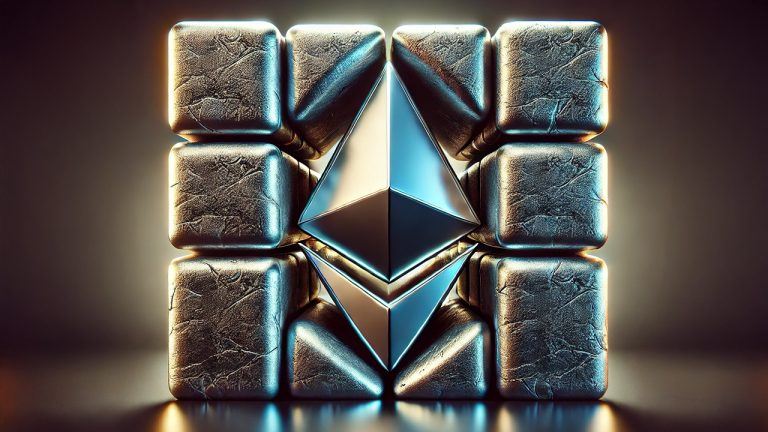
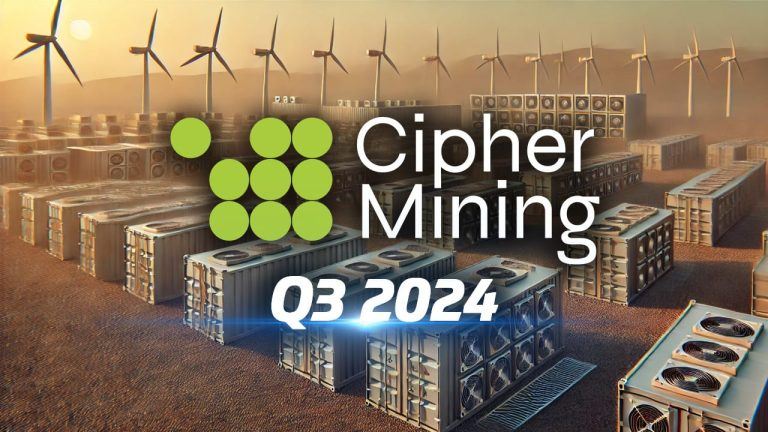
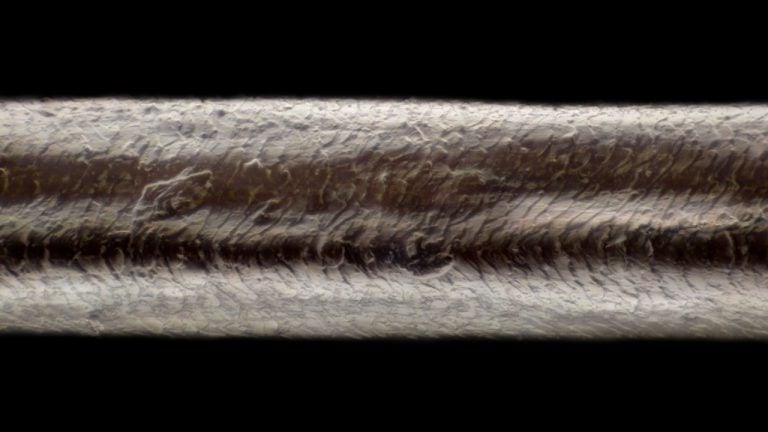
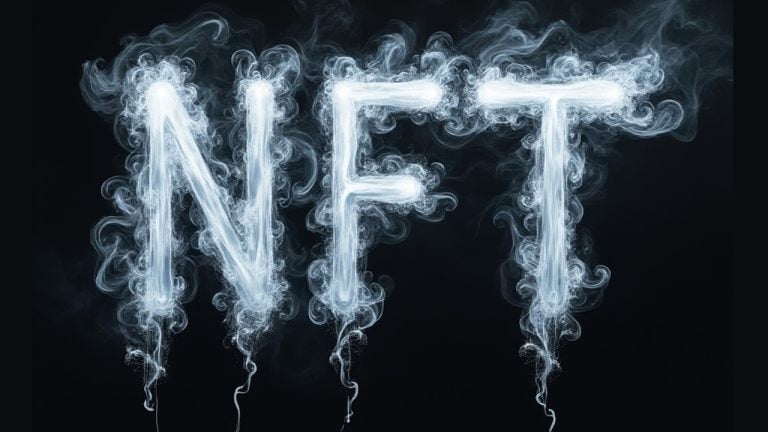
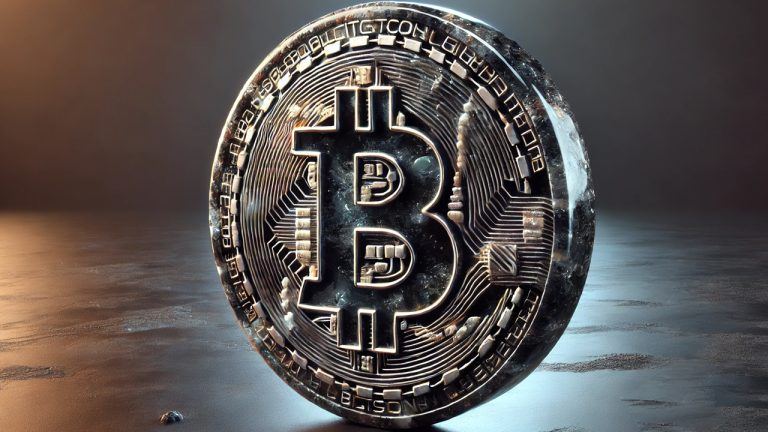

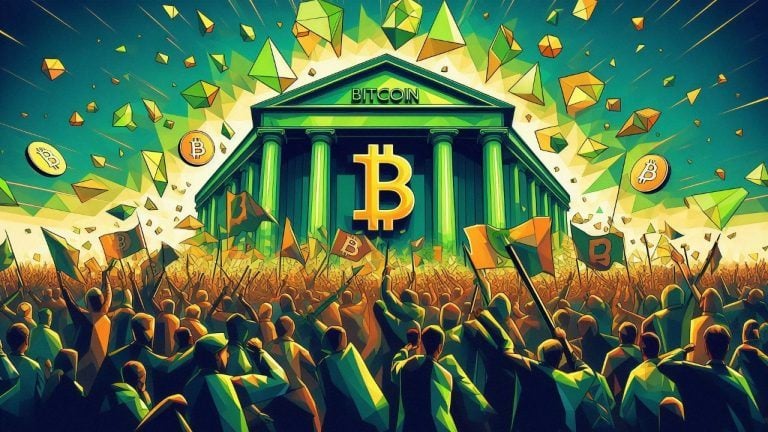


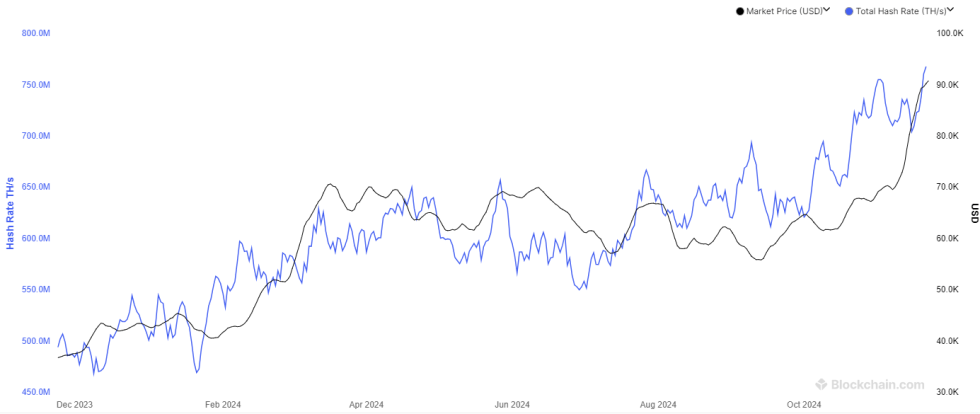
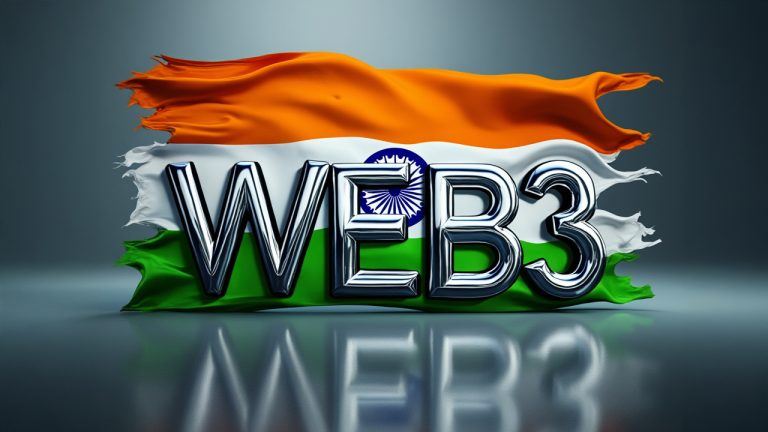

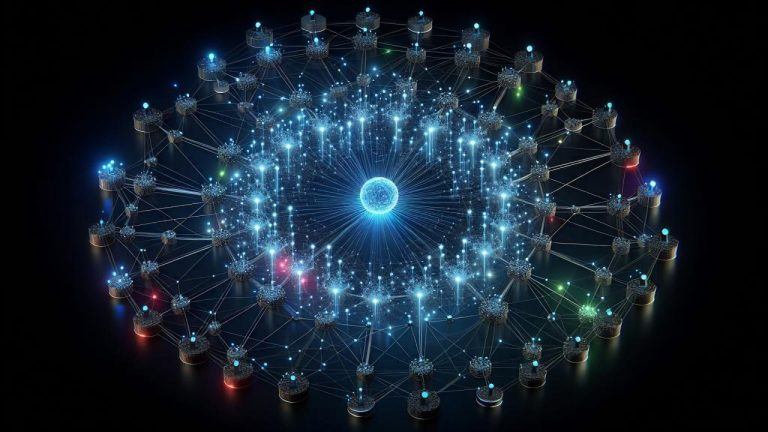

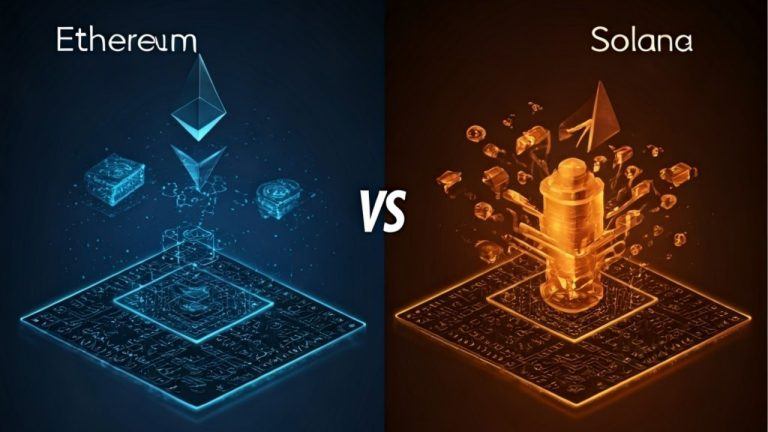

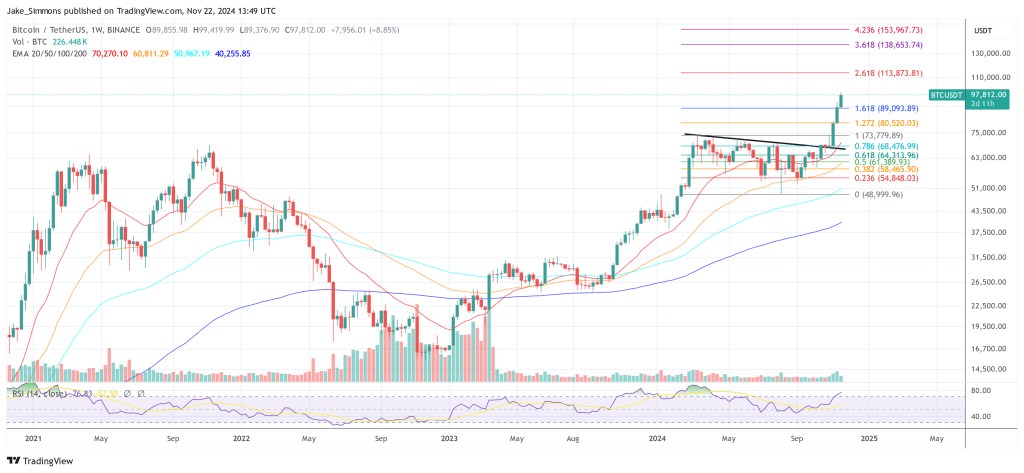


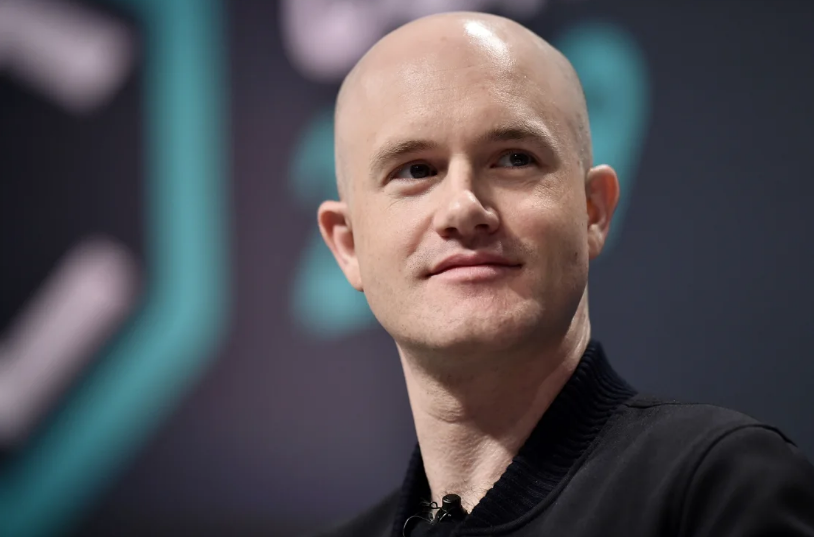
Comments